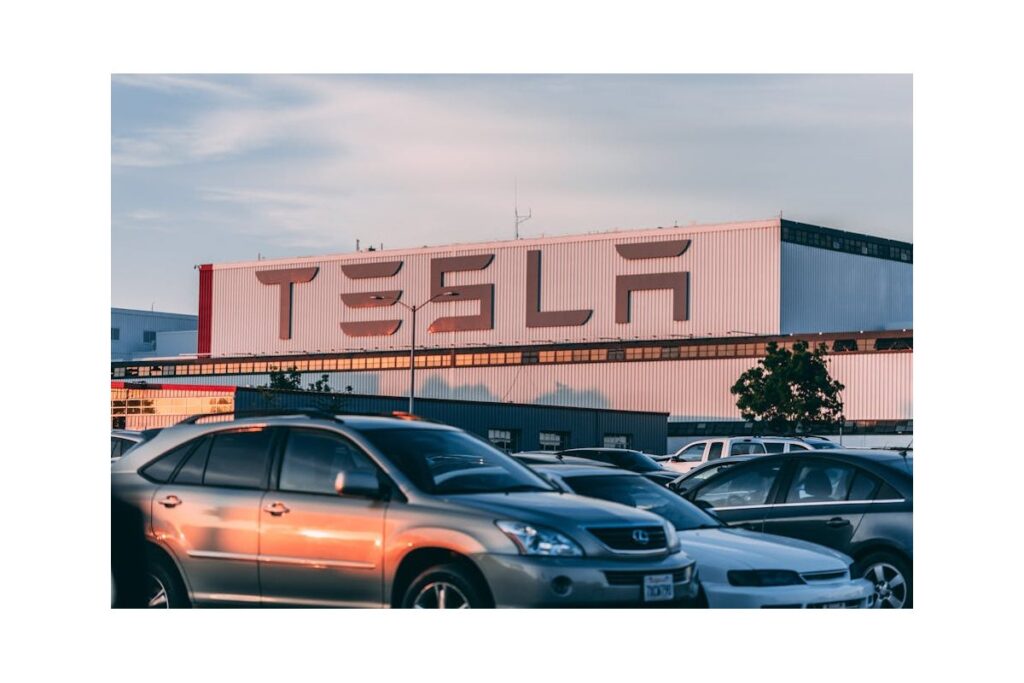What Happened to Tesla in Europe?
Remember when Tesla seemed unstoppable? Well, things have taken a surprising turn across the pond. Recent data shows Tesla’s European sales plunged by a whopping 40% compared to last year. Meanwhile, Chinese automaker BYD saw their sales triple with a 225% increase in the same market.
It’s not just a minor dip – we’re talking about a significant shift in consumer behavior. European car buyers, who once lined up for Teslas, are now looking at other options. This isn’t just about one bad quarter either. The numbers suggest something more fundamental is changing in the electric vehicle landscape.
Why Are European Buyers Looking Elsewhere?
Several factors are contributing to Tesla’s sales decline. First, competition has gotten much tougher. When Tesla first entered the market, they had the premium EV space largely to themselves. Now, nearly every major automaker offers electric models, and some are specifically targeting Tesla’s market segment.
Price sensitivity is another big factor. European consumers are feeling economic pressures, and Teslas sit at the premium end of the market. With more affordable options becoming available, some buyers are choosing to spend less on their electric vehicles.
There’s also the matter of model availability. Tesla’s lineup hasn’t expanded as quickly as some competitors’. While the Model 3 and Model Y are great cars, some buyers want more variety in body styles and sizes.
The BYD Factor: How a Chinese Company Is Winning
While Tesla struggles, BYD is absolutely crushing it in Europe. Their 225% sales growth isn’t just luck – it’s the result of strategic moves that address exactly where Tesla is falling short.
BYD offers something Tesla doesn’t: a wider range of vehicles at different price points. They have everything from affordable compact cars to luxury models. This lets them appeal to multiple segments of the market simultaneously.
Their technology has also caught up in meaningful ways. Early Chinese EVs had reputation issues, but BYD has invested heavily in battery technology and manufacturing quality. European consumers are noticing the improvement.
Here’s what BYD is doing right:
- Offering more model variety than Tesla
- Competitive pricing across multiple segments
- Strong focus on battery technology
- Understanding local market preferences
What This Means for the EV Market
This sales shift represents something bigger than just two companies trading places. It shows the electric vehicle market is maturing and becoming more like the traditional auto industry.
Remember when your friend Mark bought his first Tesla? He was the only one in his neighborhood with an electric car, and everyone asked him about it. Now he says there are five different EV brands on his street alone, and the conversation has shifted from “should I go electric?” to “which electric car should I buy?”
This maturation means consumers are making more nuanced decisions. They’re comparing features, prices, and brand values rather than just choosing between electric and gasoline. Companies that understand this shift are positioned to succeed, while those that don’t may struggle.
The European market has often been a predictor of global auto trends. If what’s happening there spreads to other regions, we could see a significant reshuffling of the electric vehicle hierarchy worldwide.
Where Does Tesla Go From Here?
Tesla isn’t going anywhere – they still make great cars and have passionate fans. But they clearly need to adapt to this new competitive landscape. The question is how they’ll respond.
Will they accelerate new model development? Adjust pricing strategies? Double down on their technology advantages? Tesla has faced challenges before and emerged stronger, but this might be their toughest test yet.
The electric vehicle revolution is entering a new phase where choice and value matter just as much as being electric. How do you think Tesla should respond to this changing market?



